
CEPHAELIS IPECACUANHA GOLYÓCSKÁK 30CH (Ipeca)
General information about Carapichea ipecacuanha (CPEIP). Preferred name: Carapichea ipecacuanha ; Authority: (Brotero). Central America, South America (Colombia, Brazil) Other scientific names. Name Authority; Cephaelis ipecacuanha (Brotero) Richard: Psychotria ipecacuanha (Brotero) Stokes: Uragoga ipecacuanha (Brotero) Baillon: Common.

Ipecacuanha Cephaelis ipecacuanha Raiz do nordeste indicada contra a
Botanical Name: Cephaelis ipecacuanha. Common Names and Synonyms: Ipecacuanha, Bowman's Root, Wild Ipecac Background: Ipecac is native to Central and South America. Traditionally, ipecac has been used to treat congestive pulmonary conditions such as bronchitis and pertussis. A powerful emetic, ipecac is used to induce vomiting in certain cases.

Syrup of ipecac hires stock photography and images Alamy
This datasheet on Cephaelis ipecacuanha covers Identity, Distribution.
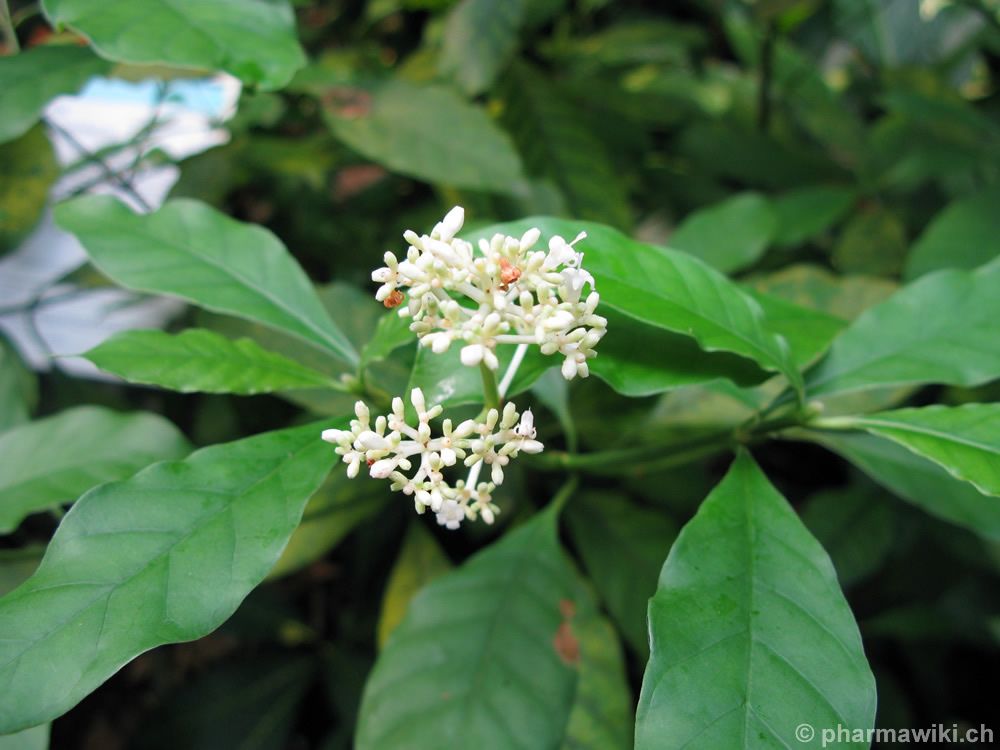
Cephaelis Ipecacuanha Propriétés, Indications, Usage Therapeutes
General information Ipecacuanha is an extract of the root of Psychotria ipecacuanha, also known as Cephaelis ipecacuanha, a member of the Rubiaceae. It contains the emetic alkaloids cephaeline and emetine. It has often been used as a home remedy for various purposes, and not only as an emetic.

MBG Rare Books Illustration of CEPHAELIS Ipecacuanha Willd. 105
Ipecacuanha: the South American vomiting root. J R Coll Physicians Edinb2008 Dec;38 (4):355-60. University of Edinburgh, Edinburgh, UK. The story of ipecacuanha, derived from the plant Cephaelis, is a fascinating one. It was discovered in Brazil in the 1600s and then transported to Paris in the latter part of the same century.
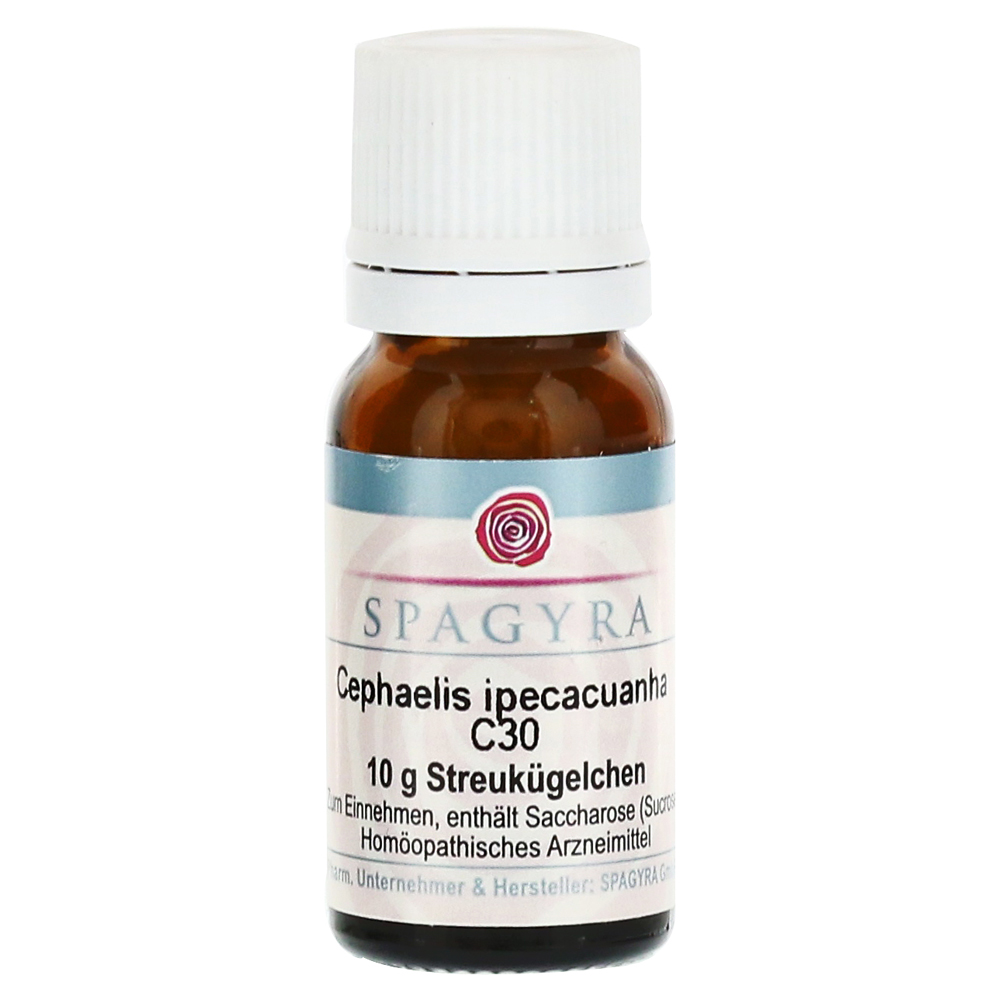
CEPHAELIS ipecacuanha C 30 Globuli 10 Gramm N1 medpex
L. Andersson is the botanical source of Ipecac drug and contains major alkaloids emetine, cephaline that are pharmaceutically used against bronchitis associated with cough in children, severe diarrhea (amoebic dysentery) and also cancer. Ipecac serves as an expectorant to thin mucous and easy coughing.

CEPHAELIS IPECACUANHA GOLYÓCSKÁK 200CH (Ipeca)
Botanical Name amily Rubiaceae Cephaelis ipecacuanha Common Names Ipecacuanha, Ipecacuanha Rio, Matto Grosso Cautions Do not use the root or rhizome, except under knowledgeable guidance. Take formulations containing ipecac carefully and only as instructed on the label. Deaths have resulted from overdose. Do not use over an extended period of time as it can lead […]

CEPHAELIS ipecacuanha D 6 Globuli 10 Gramm N1 online bestellen medpex
---Synonym--- Cephaelis Ipecacuanha. ---Part Used--- Root. ---Habitat--- The root used in medicine under this name is that of a small, shrubby plant about a foot high, belonging to the order Rubiaceae, which is found in most parts of Brazil, growing in clumps or patches, in moist, shady woods.
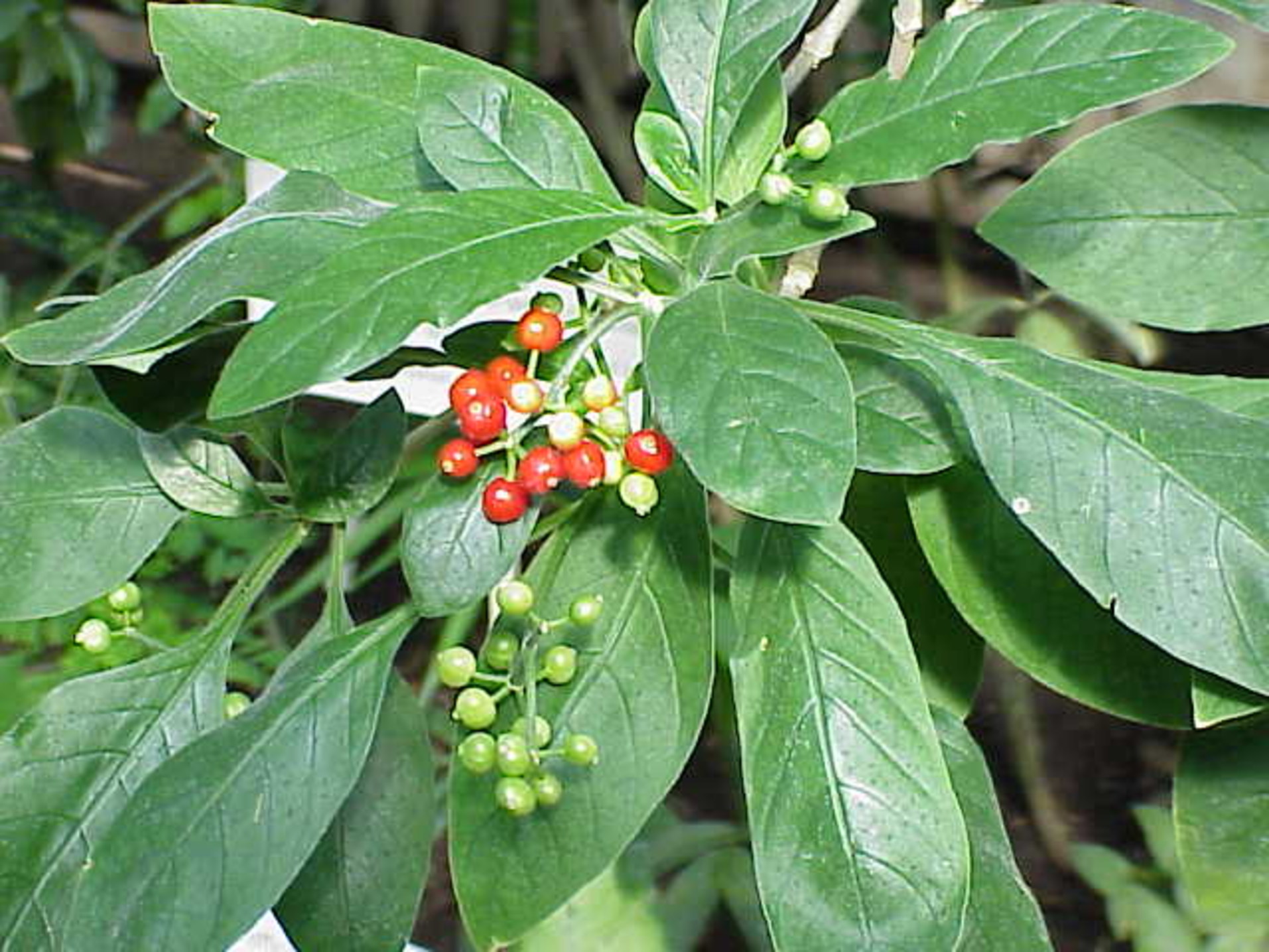
Brechwurzel Cephaelis ipecacuanha Beschreibung Steckbrief Systematik
Other common names:. subsp. acuminata originating in Central America and subsp. ipecacuanha originating in South America, both of which are valued for the alkaloids produced in their roots. It forms a shrub 30 to 50 cm (1 to 1.6 ft) tall, occasionally to 80 cm (2.6 ft), with a slender, usually crooked main stem..
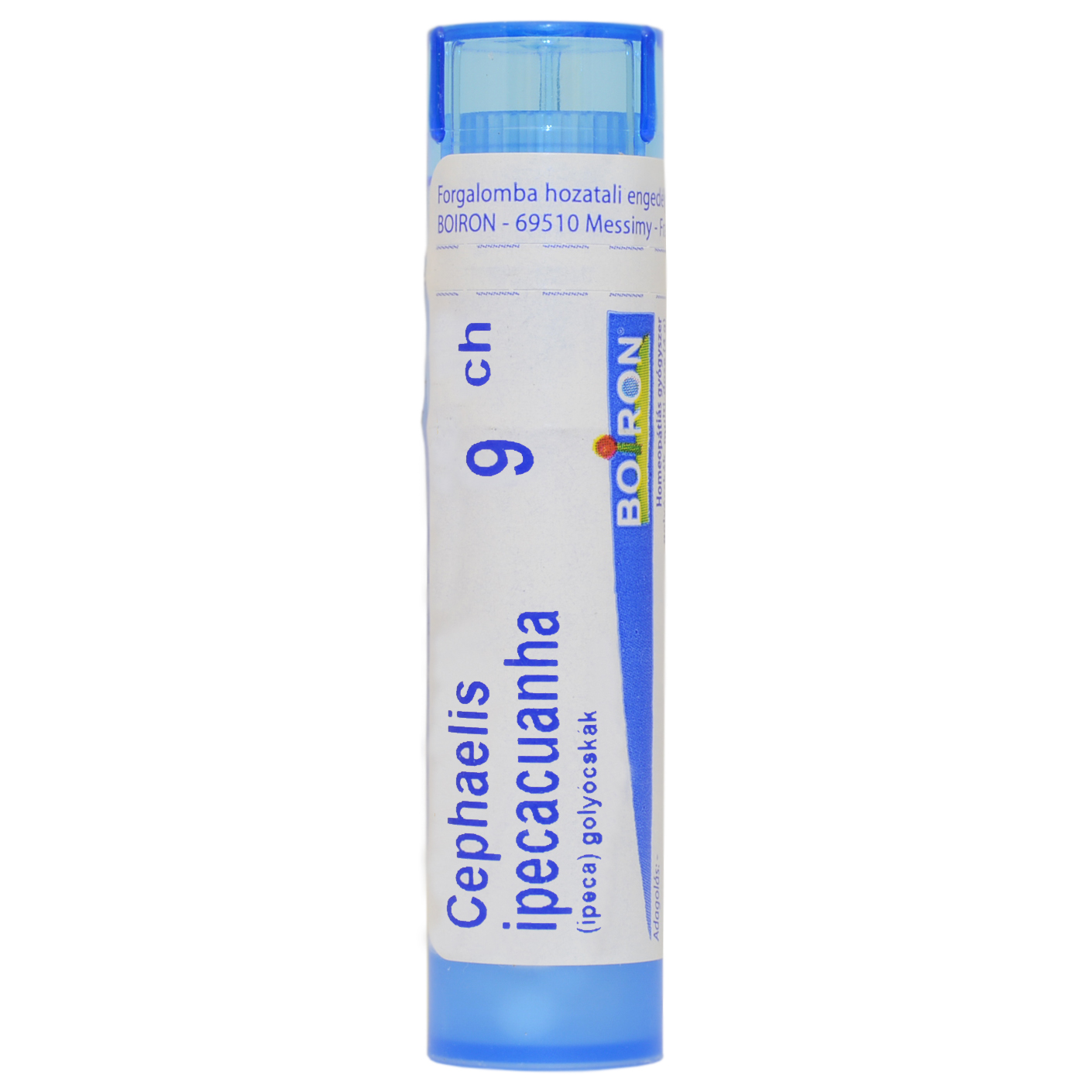
CEPHAELIS IPECACUANHA GOLYÓCSKÁK 9CH (Ipeca)
Carapichea ipecacuanha is a species of flowering plant in the family Rubiaceae. It is native to Costa Rica, Nicaragua, Panama, Colombia, and Brazil. Its common name, ipecacuanha , is derived from the Tupi ipega'kwãi, or "road-side sick-making plant". The plant has been discussed under a variety of synonyms over the years by various botanists.
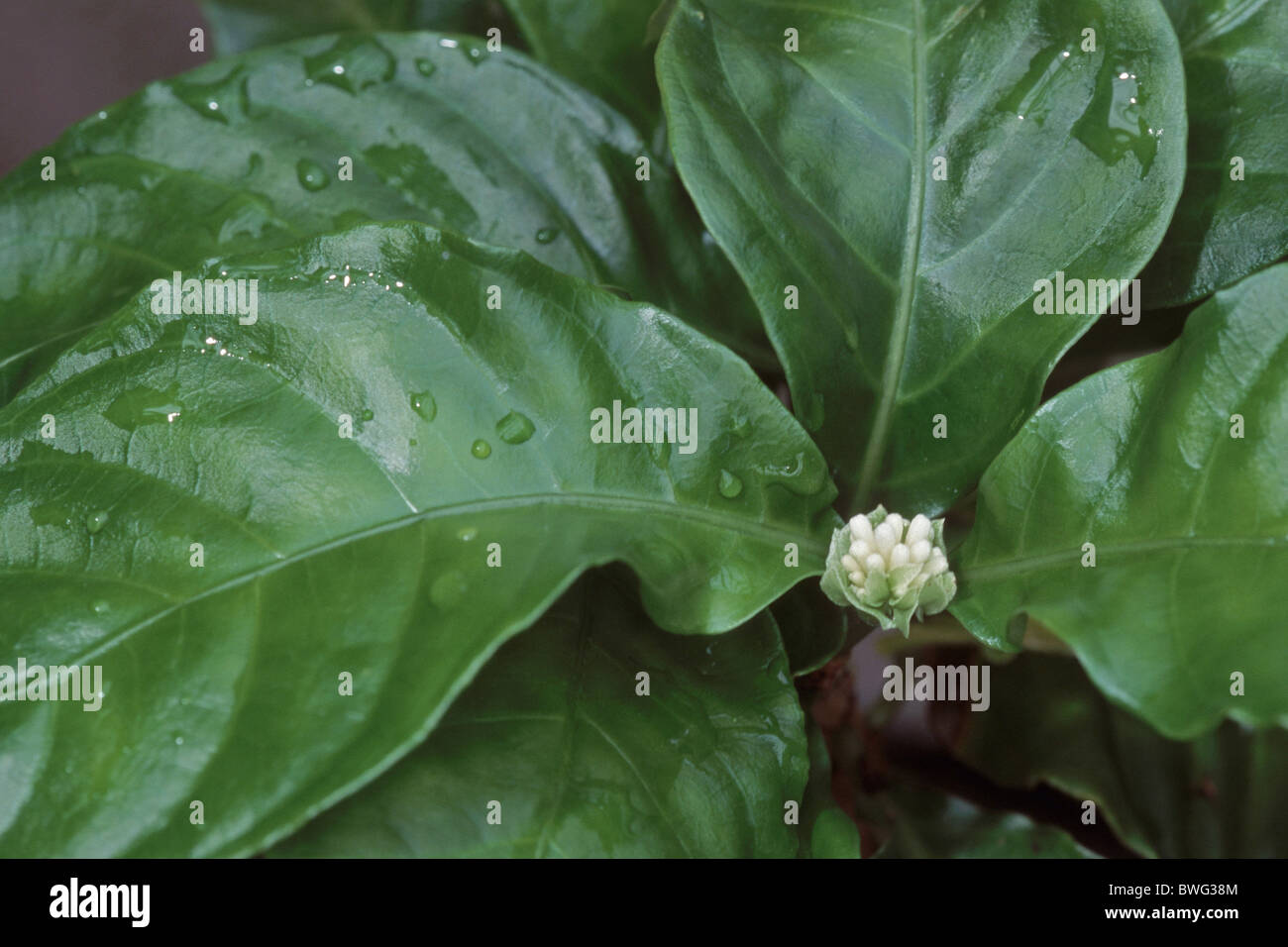
Cephaelis hires stock photography and images Alamy
Carapichea ipecacuanha is an evergreen Shrub growing to 0.5 m (1ft 8in) by 0.5 m (1ft 8in) at a medium rate. See above for USDA hardiness. It is hardy to UK zone 10. Suitable for: light (sandy), medium (loamy) and heavy (clay) soils and prefers well-drained soil. Suitable pH: mildly acid, neutral and basic (mildly alkaline) soils and can grow in very acid soils.
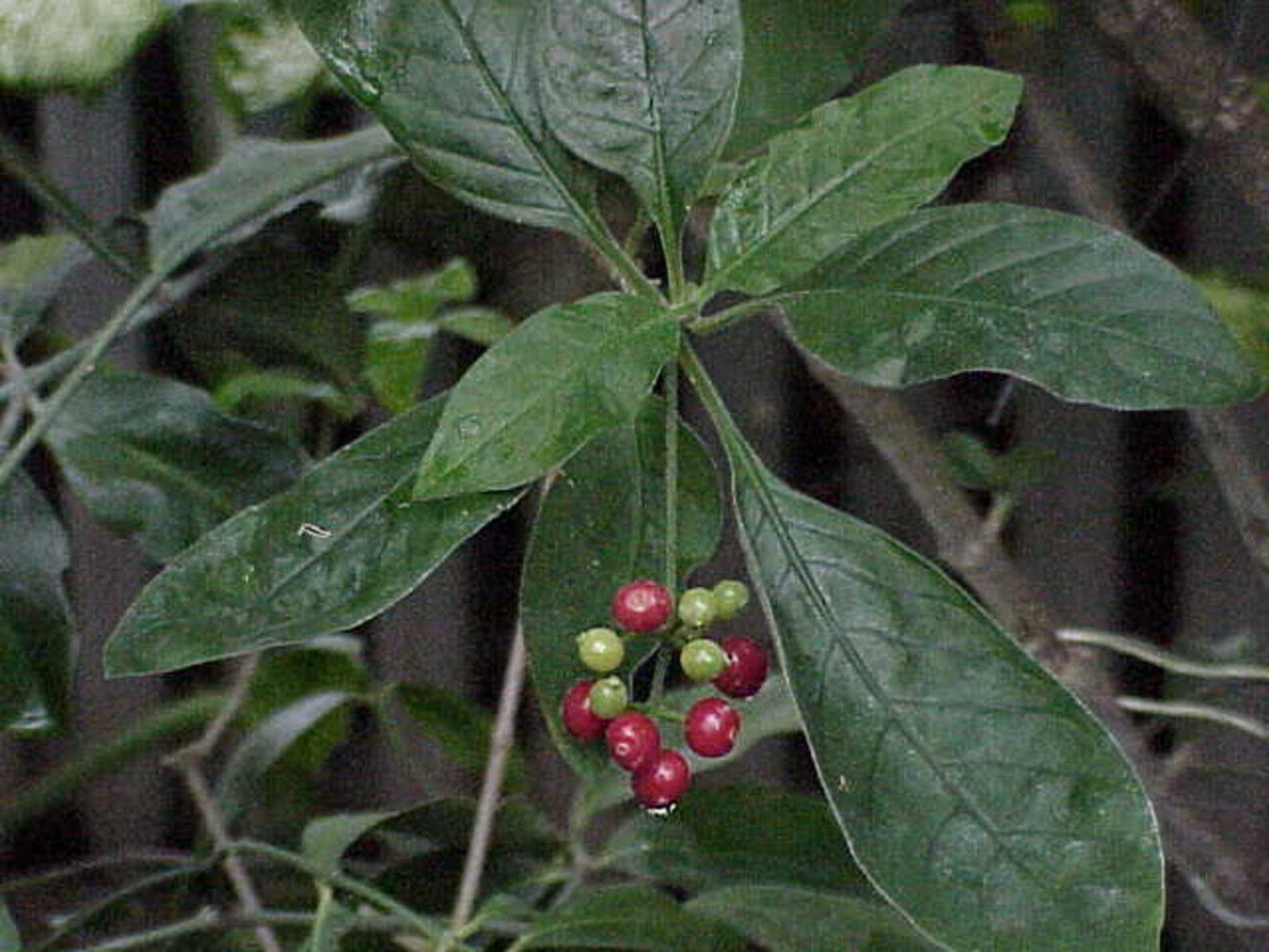
Brechwurzel Cephaelis ipecacuanha Beschreibung Steckbrief Systematik
Botanical names: Cephaelis ipecacuanha How It Works Ipecac's major constituents are the alkaloids emetine and cephaline. The roots also contain tannins and small amounts of anthraquinone glycosides. 3 The alkaloids have several important actions, including activation of brain centers that can induce vomiting, inhibition.

Cephaelis ipecacuanha rhizomes and root. The outer layer or "bark" of
Ipecac is commonly made from alcohol extraction of the plants Cephaelis acuminata and Cephaelis ipecacuanha. The extract is commonly mixed with glycerin, sugar (syrup), and methylparaben. The active ingredients are plant alkaloids, cephaeline, and methyl-cephaeline (emetine).. Common side effects include prolonged vomiting (greater than 1.
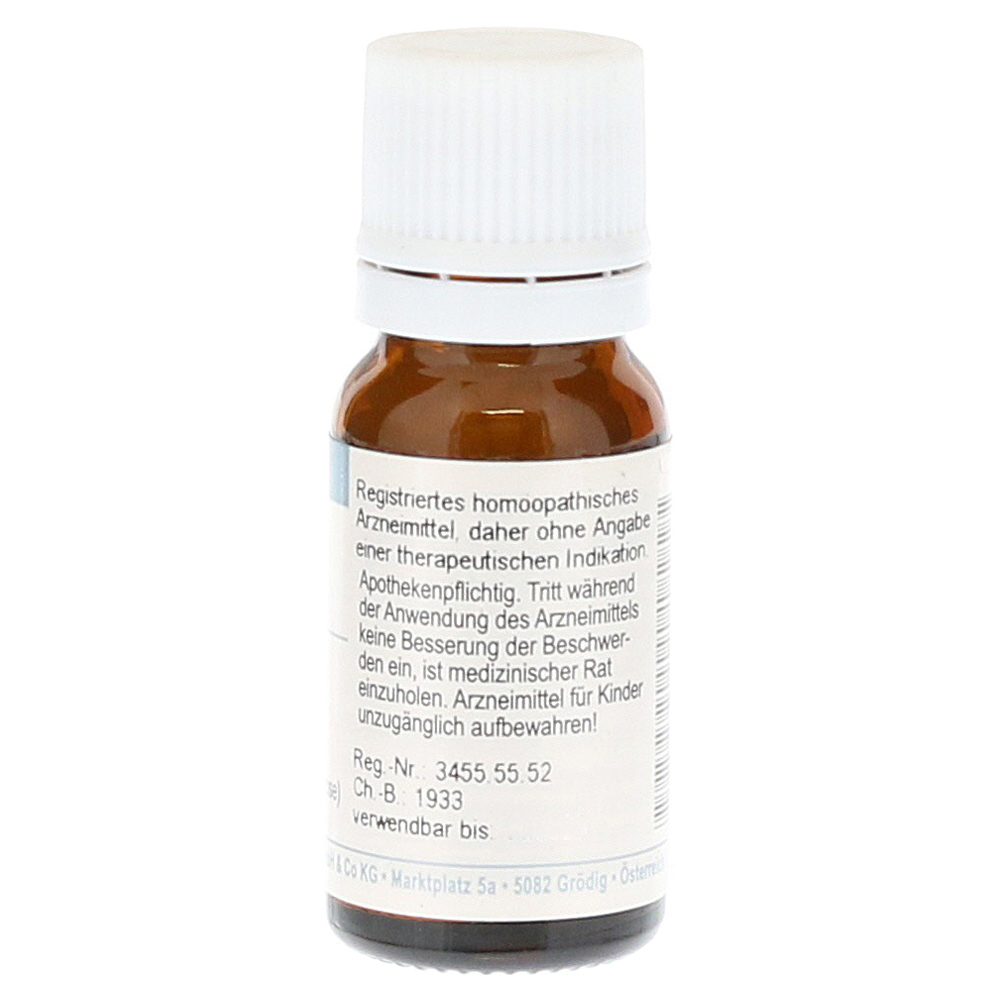
CEPHAELIS ipecacuanha D 12 Globuli 10 Gramm N1 medpex
Cephaelis ipecacuanha (Brot.) Tussac ipecac. Synonyms. Symbol Scientific Name; PSIP: Psychotria ipecacuanha (Brot.) Stokes: Cephaelis ipecacuanha (Brot.) Tussac ipecac. Additional References; ARS Germplasm Resources Information Network (CEIP) Integrated Taxonomic Information System (CEIP) Integrated Taxonomic Information System (PSIP)

Cephaelis_ipecacuanha Ipecac Botanical illustration, Plant leaves
Cephaelis ipecacuanha is a . The species is hermaphrodite (has both male and female organs). Suitable for: light (sandy), medium (loamy) and heavy (clay) soils. Suitable pH: mildly acid, neutral and basic (mildly alkaline) soils. It can grow in semi-shade (light woodland) or no shade. It prefers moist soil. UK Hardiness Map US Hardiness Map
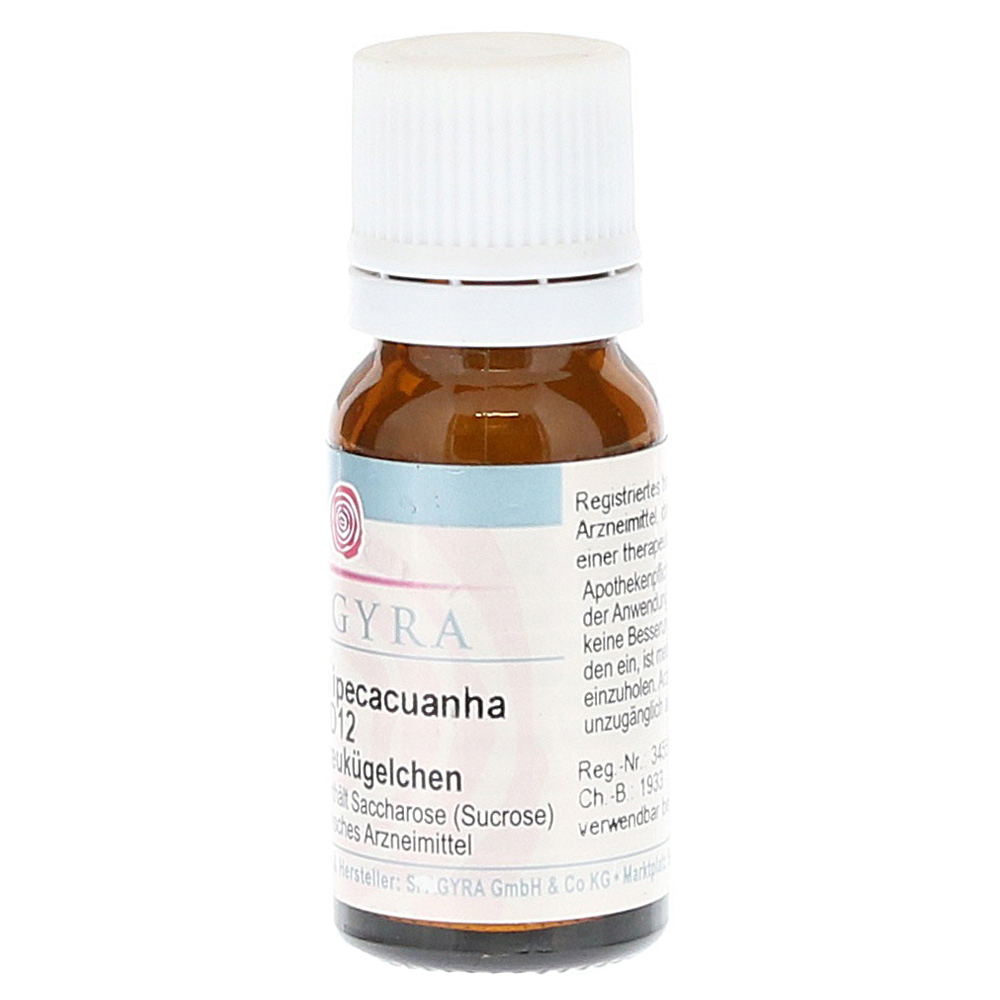
CEPHAELIS ipecacuanha D 12 Globuli 10 Gramm N1 medpex
Carapichea ipecacuanha Taxonomy ID: 77880 (for references in articles please use NCBI:txid77880). common name(s) ipecac, raicilla:. Lectotypification of Callicocca ipecacuanha Brot. and neotypification of Cephaelis acuminata H. Karst., with reference to the drug ipecac. Taxon 54(4): 1080-1082..